Regulatory Standards and Compliance
Regulatory standards play a crucial role in shaping the cordless phone-battery market. As environmental regulations become more stringent, manufacturers are required to comply with guidelines regarding battery safety, recycling, and disposal. This compliance not only affects production processes but also influences product design and materials used in battery manufacturing. The need to adhere to these regulations may lead to increased operational costs, but it also presents opportunities for innovation in creating eco-friendly batteries. Market Research Future suggest that companies investing in compliance and sustainable practices could see a 20% increase in consumer trust and brand loyalty. Thus, regulatory standards and compliance are significant drivers in the cordless phone-battery market, compelling manufacturers to adapt and innovate in response to evolving legal requirements.
Increased Focus on Energy Efficiency
Energy efficiency has become a critical consideration in the cordless phone-battery market. As consumers become more environmentally conscious, there is a growing preference for batteries that offer longer life cycles and reduced energy consumption. This shift is evident in the market, where energy-efficient batteries are gaining traction, potentially leading to a 10% increase in market share for manufacturers who prioritize sustainable practices. Companies are investing in research and development to create batteries that not only perform better but also consume less energy during charging and usage. This focus on energy efficiency aligns with broader sustainability goals, making it a key driver in the cordless phone-battery market. As a result, manufacturers are likely to enhance their product offerings to meet the evolving demands of eco-conscious consumers.
Rising Demand for Cordless Communication
The cordless phone-battery market experiences a notable increase in demand as consumers seek reliable communication solutions. With the proliferation of remote work and the need for uninterrupted connectivity, households and businesses are investing in cordless phones. This trend is reflected in market data, indicating a growth rate of approximately 5% annually in the sector. The convenience of cordless phones, coupled with the necessity for dependable battery performance, drives the demand for high-quality batteries. As users prioritize long-lasting power and quick charging capabilities, manufacturers are compelled to innovate, enhancing battery technology to meet these expectations. This rising demand for cordless communication solutions significantly influences the cordless phone-battery market, prompting companies to focus on developing advanced battery technologies that cater to consumer needs.
Technological Integration in Smart Devices
The integration of cordless phones with smart home technology is reshaping the cordless phone-battery market. As smart devices become increasingly prevalent, consumers are looking for cordless phones that can seamlessly connect with their smart home systems. This trend is driving innovation in battery technology, as manufacturers strive to develop batteries that support advanced features such as voice activation and connectivity with other smart devices. Market analysis suggests that this integration could lead to a 15% increase in sales for cordless phones equipped with smart technology. Consequently, the demand for compatible batteries is expected to rise, prompting manufacturers to focus on creating batteries that can sustain the power requirements of these advanced functionalities. This technological integration is a significant driver in the cordless phone-battery market, influencing product development and consumer purchasing decisions.
Consumer Preference for Longer Battery Life
In the cordless phone-battery market, consumer preference for longer battery life is a prominent driver. As users increasingly rely on cordless phones for extended periods, the demand for batteries that can provide prolonged usage without frequent recharging is paramount. Market data indicates that approximately 60% of consumers prioritize battery longevity when selecting cordless phones. This trend compels manufacturers to innovate and enhance battery performance, leading to the development of high-capacity batteries that can support longer operational times. The emphasis on longer battery life not only influences consumer choices but also shapes the competitive landscape of the cordless phone-battery market. Companies that successfully deliver batteries with superior longevity are likely to gain a competitive edge, further driving market growth.

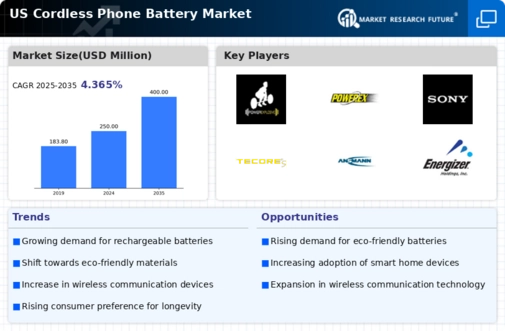
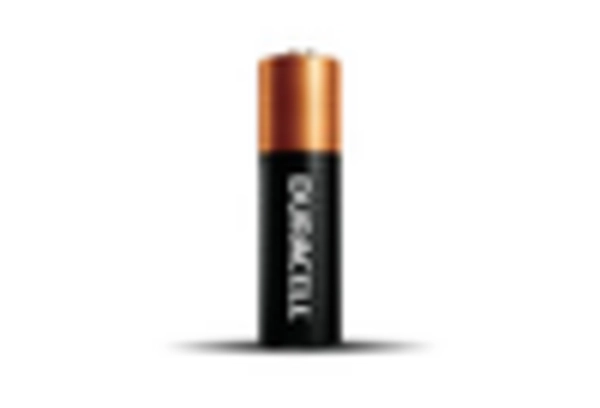
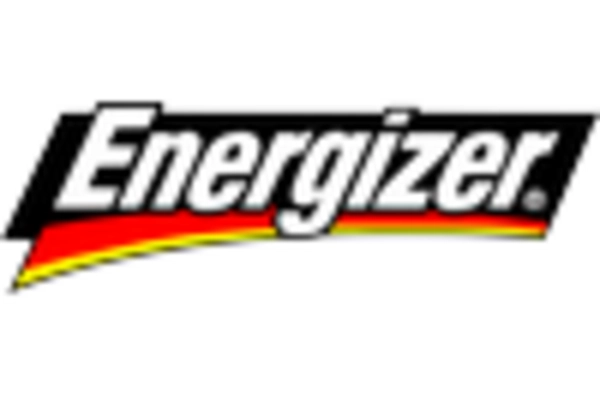
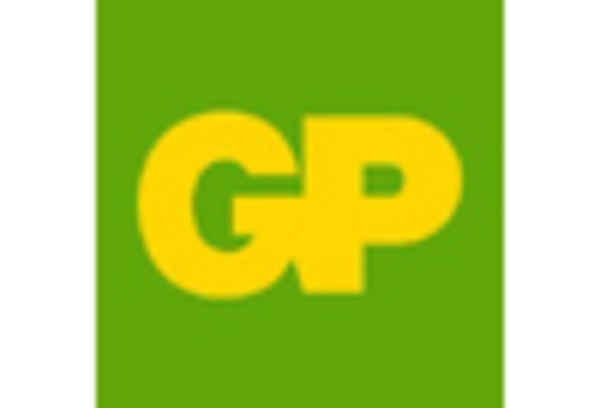

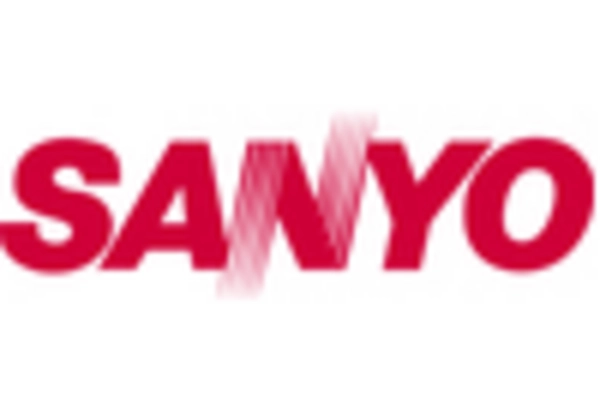









Leave a Comment